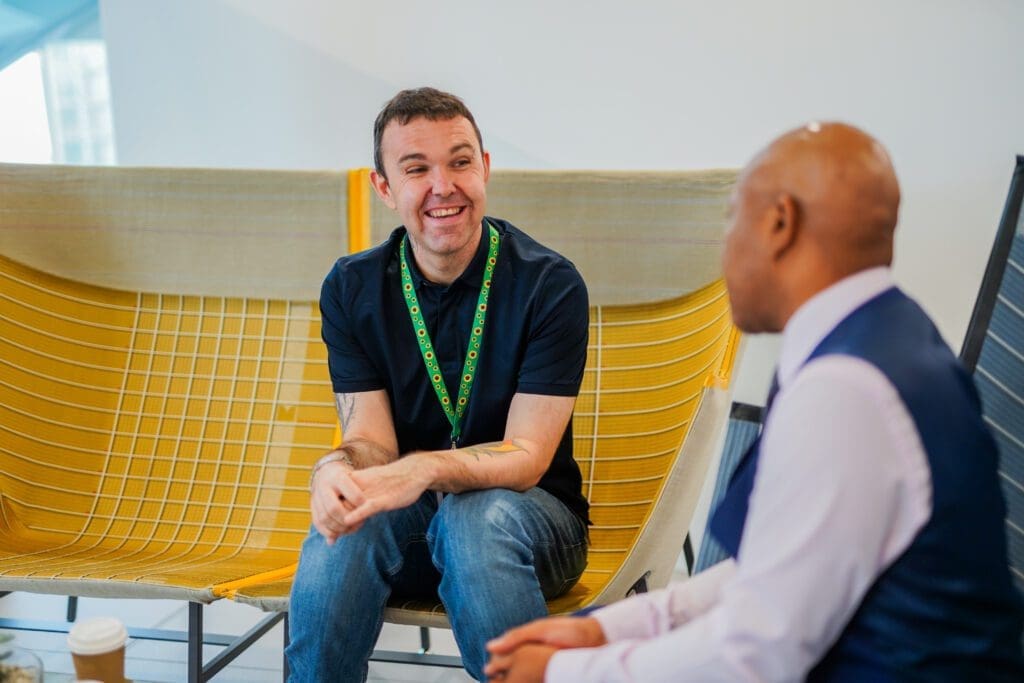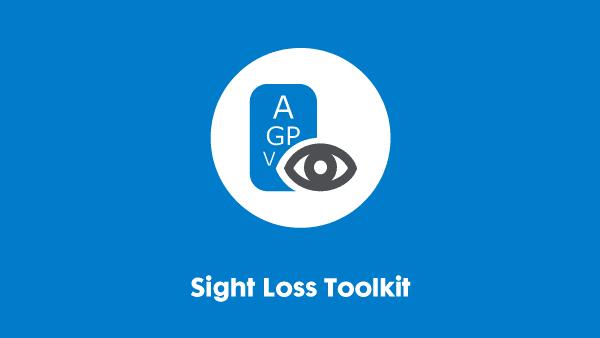Last updated: 11 September 2024
Identity means very different things to different people and it can change many times in a lifetime.
Our Identity is shaped by our experiences and the world around us.
It is also shaped by what we do every day; one of the main ways that most of us define ourselves is through our job and one of the first things we tend to ask when we meet someone new is “what do you do?” or even “where do you work?”.
For too many disabled people, that’s a really difficult question to answer. But for most people with a learning disability, it’s impossible. Though the figures for the employment of disabled people overall have crept up to 52.4 per cent, those for the employment of people with a learning disability are at a woeful 4.8 per cent – as compared to over 80 per cent employment for working adults as a whole. So I wanted to shine a light on what is needed to change this.
A confession: I have a particular interest here, having worked for a learning disability charity for 13 years before joining Business Disability Forum. During those 13 years, it struck me that work – good work – is, for many people with learning disabilities, the most genuine form of inclusion there is. It’s something many of us are lucky enough to be able to take for granted and so we probably don’t think of all the myriad benefits of work when we begin our commute each morning. It’s not just about paying the rent or mortgage (though few would argue that’s pretty important!) but also a social group, emotional support – a natural way of building the “circles of support” that are so often talked about for people with learning disabilities, self-esteem and yes, identity.
At Business Disability Forum, we work with organisations across all sectors to help them get better at recruiting disabled employees and serving disabled customers. Our 600-plus members employ around 20 per cent of the UK workforce and around 8 million people worldwide. But what we are ultimately here for – I believe – is to transform the life chances that disabled people have as employees and consumers – and that includes people with a learning disability.
I’ve been at BDF for 7 and a half years now and one of the things I am pleased to see is increased interest and focus on recruitment rather than just retention. Skills shortages in many sectors mean that employers are recognising the need to reach the widest possible talent pool.
So how can you get better at employing people with learning disabilities?
When recruiting, think about what you really need for the job. We’ve all been there when someone in our team leaves and we think we must get the vacant post filled as soon as possible; yesterday ideally. So it’s all too easy to dust down the old job description and person spec and even the old advert, give it a quick once over and do exactly what you did to recruit last time.
But what if you took a step back?
What if you paused for a moment to think about whether you really need those qualifications or three years’ experience or a driving licence or whether someone might be able to demonstrate to you that they can do the job another way? What if you thought about the outcomes you need from the job and whether they might be achieved differently? It’s also about challenging your frame of reference; the Maynard Review made recommendations to the entry level for apprenticeships to open them up to people with learning disabilities by waiving the requirement for Maths and English GCSE. That’s great news. But I’m willing to bet that the people who originally set the entry criteria weren’t trying to set them high to exclude people with a learning disability! They probably thought they were setting them at a really attainable level. So, it’s worth challenging yourself about what you really need.
Then, when you advertise, make sure you offer alternative formats including easy read (simple text supported by pictures). It’s also vital to make sure any sifting process – whether automated or human – doesn’t automatically screen out people with a less traditional CV or one that has gaps, as this may well exclude people (not just with a learning disability) who for whatever reason haven’t had the opportunity to build their portfolio.
And once at assessment, it’s about testing the right skills. I don’t know many people who actively love interviews, but some people with a learning disability may really struggle with the traditional panel format. Offering a work trial – which is legally a reasonable adjustment – gives people an opportunity to demonstrate the skills they will need in the workplace.
Once in the job, inclusive onboarding such as buddying schemes or “week one mentors” for new employees with a learning disability can really help with orientation and helping someone get used to their new role and environment. And other approaches such as job carving (where you remove an aspect’s of a job that someone may find a barrier – for example dealing with money) or Training in Systematic Instruction (TSI) where a job is taught by breaking processes down into individual component tasks – can make all the difference to an employee with a learning disability thriving at work. Our Advice Service recently worked with a large employer to understand why people with learning disabilities were being recruited into the organisation but not successfully completing the probation period. We found that passing the probation period was dependent on every employee scoring well in a comprehensive health and safety training exercise. The health and safety training was generic and not tailored to job roles. When we tailored the health and safety assessment to the employee’s specific role, the employee passed their probation and remained successfully in post.
There are challenges too in raising aspirations, well before the workplace. Far too many young people with a learning disability are still growing up without the encouragement to – let alone the expectation of – working. Job readiness needs to keep pace with the changing landscape of entry level jobs – the dwindling of supermarket checkout roles being an obvious example – and the changing requirements of employers. Equally, employers need to be open to doing things differently and to understand a work trial is not only a reasonable adjustment under the Equality Act, but is also, for many jobs, a far better measure of whether someone can actually do a job as opposed to telling you about it.
Let’s work together and shift the dial on those woeful statistics once and for all.
Diane Lightfoot, CEO, Business Disability Forum
If you require this content in a different format, contact enquiries@businessdisabilityforum.org.uk.
© This resource and the information contained therein are subject to copyright and remain the property of the Business Disability Forum. They are for reference only and must not be copied or distributed without prior permission.



